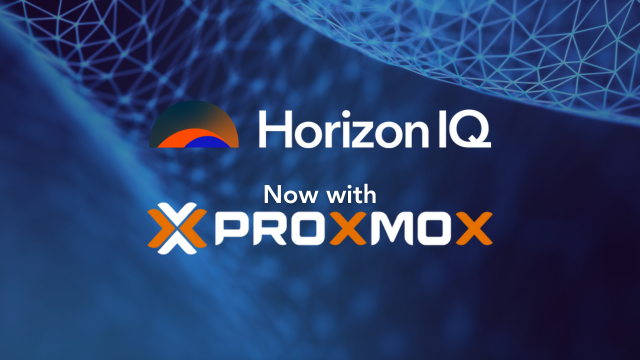
Your most valuable corporate resource? Data. Effective storage and analysis of data leads to improved strategic decision-making, while rigorous handling and monitoring practices ensure that companies meet (or exceed) both private and government-mandated compliance expectations.
It’s no surprise that cloud backup and recovery has become a hot topic across the industry as organizations look for ways to both safeguard critical assets and reduce recovery times in the event of a network-wide disaster.
Leading the charge are cloud-based backup solutions — as noted by TechTarget, 57 percent1 of businesses use cloud storage primarily for data backups, driving significant and sustained market growth. But it’s one thing to talk about cloud-based backup as a general solution and another to drill down and discover the best fit for your organization. When it comes to both restoring critical data and managing the total cost of ownership, what’s the better choice: Larger Public Cloud providers like Amazon and Azure or a Private Cloud partner like INAP?
Choices, Choices
As with most cloud services, you have two basic choices when it comes to spinning up cloud backups: Public Cloud options that let you choose a mix of storage, access, and seeding options; and managed Private Cloud solutions that come prepackaged to provide easy integration.
Given the maturity of cloud computing environments, both are now viable solutions for small businesses, midsize organizations, and large enterprises — the choice often depends on how you prefer to manage your cloud backups and how much you want to pay.
Public Cloud Backup Solutions
Public cloud backup is ideal for agile-minded customers who seek competitive, pay-as-you-go pricing and no long-term contracts. Most major platforms like AWS or Azure allow you to pick and choose the right services and add-ons, providing a solution tailored to your needs.
Also, the global availability and scale of the big public cloud players makes geographic redundancy and scalability incredibly easy to achieve.
Archival storage solutions like Glacier for AWS are highly affordable options for data you’re required to store, but never (or rarely) plan to access — e.g. employee or student records. The never or rare part is key — unlocking that data at a later time, as we’ll see later, can cost you big.
Private Cloud Backup Solutions
What about fully managed backup solutions (aka. Backup as a Service) in a hosted private cloud? While the natural candidates for this solution are companies with smaller IT staff or those that prefer to outsource cloud solutions and focus on line-of-business (LoB) efforts, there’s a case to be made for managed solutions regardless of business type or size.
Here’s why: Using a managed cloud backup solution — like INAP Cloud Backup powered by Veeam Cloud Connect — means you get the total backup package. It’s set up and ready to go from the moment it’s connected to your network. Reputable providers can get you up and running in less than 10 minutes.
Other benefits of managed solutions include total visibility of all cloud backups and best-in-class storage hardware. With many providers now staking their reputation on the efficacy and reliability of backup solutions, managed offerings typically leverage cutting-edge tech to provide high availability and speedy recovery. Private Cloud solutions also take care of onboarding needs, such as data seeding, integration, and accessibility.
Beware Hidden Costs of Public Cloud Backups
When it comes to solutions backup storage, many customers make their decision solely on cost. So which costs more, public cloud or managed private cloud options? The answer seems simple on the surface — if you’re getting more, you’re paying more, so managed solutions will always tip the scale. At first glance, this holds true for cloud data backups: Managed solutions come with a larger monthly cost than picking and choosing the services that fit your business needs.
But it’s not quite so simple.
Consider the process of seeding — while it’s possible to leverage network connections between local stacks and the data center to move all necessary backup data, this is time and resource-intensive. As a result, companies often use physical drives for seeding at the local level, then transport these drives to data centers for long-term storage.\
Top-tier managed services include both seeding appliances and production-grade cloud storage; for most public cloud providers, this is oftentimes a very pricey add-on cost.
Companies also need to consider retrieval fees and network egress: How much does a Public Cloud provider charge per GB to restore your data? What’s the price if you need to shift away from your existing cloud storage supplier?
And no discussion of cloud backup would be complete without mentioning support. Fully managed services often provide 24/7 support as part of their backup offering, while support (if any) for public cloud options comes at a cost. This is crucial for companies backing up sensitive data regulated by compliance regimes like PCI DSS or HIPAA.
Cloud backup is necessary to protect critical data and ensure IT compliance. Both Public Cloud and fully managed Private Cloud solutions are now viable choices in a maturing cloud market — each offers obvious advantages, but when it comes to total expenses, there’s more than meets the eye.
Research Notes
Updated: January 2019



